
In the Shudder documentary, Leap of Faith, director William Friedkin discusses a number of controversies surrounding The Exorcist. He talks about the strange movie that inspired the masterpiece of horror, why he carried a gun on set, and why even he doesn't know what happens at the end of the movie. Here are the biggest reveals from Shudder's Leap of Faith documentary explained.
The Exorcist was released in 1973 but is still, to this day, considered one of the scariest movies of all time. Whether that's true or not, it certainly made a big splash in the '70s. Back then, some people thought the film itself was evil. There were protests in the streets and some theaters even refused to show it. However, despite the controversy surrounding The Exorcist, the movie was a runaway hit. Friedkin went well over budget when making the film, but it didn't matter because up until the late '90s, The Exorcist was the highest-grossing rated-R movie of all time.
Given the nature of the story in The Exorcist and the themes it explores, wild rumors surrounded the movie upon its release. People spoke of on-set accidents, a raging fire, and the inclusion of a real-life convicted murderer on set. While a lot of the stories were just rumors, Friedkin used a number of unconventional directing techniques that likely wouldn't be allowed on movie sets today. In Leap of Faith, he admits to punching one of his actors in the face before a crucial scene, as well as carrying a gun and firing it randomly to capture the startled looks from his actors on film. After all of these years, and with The Exorcist still relevant today, it's interesting to hear what actually inspired the movie and made it into a movie that still holds influence and power over contemporary audiences.
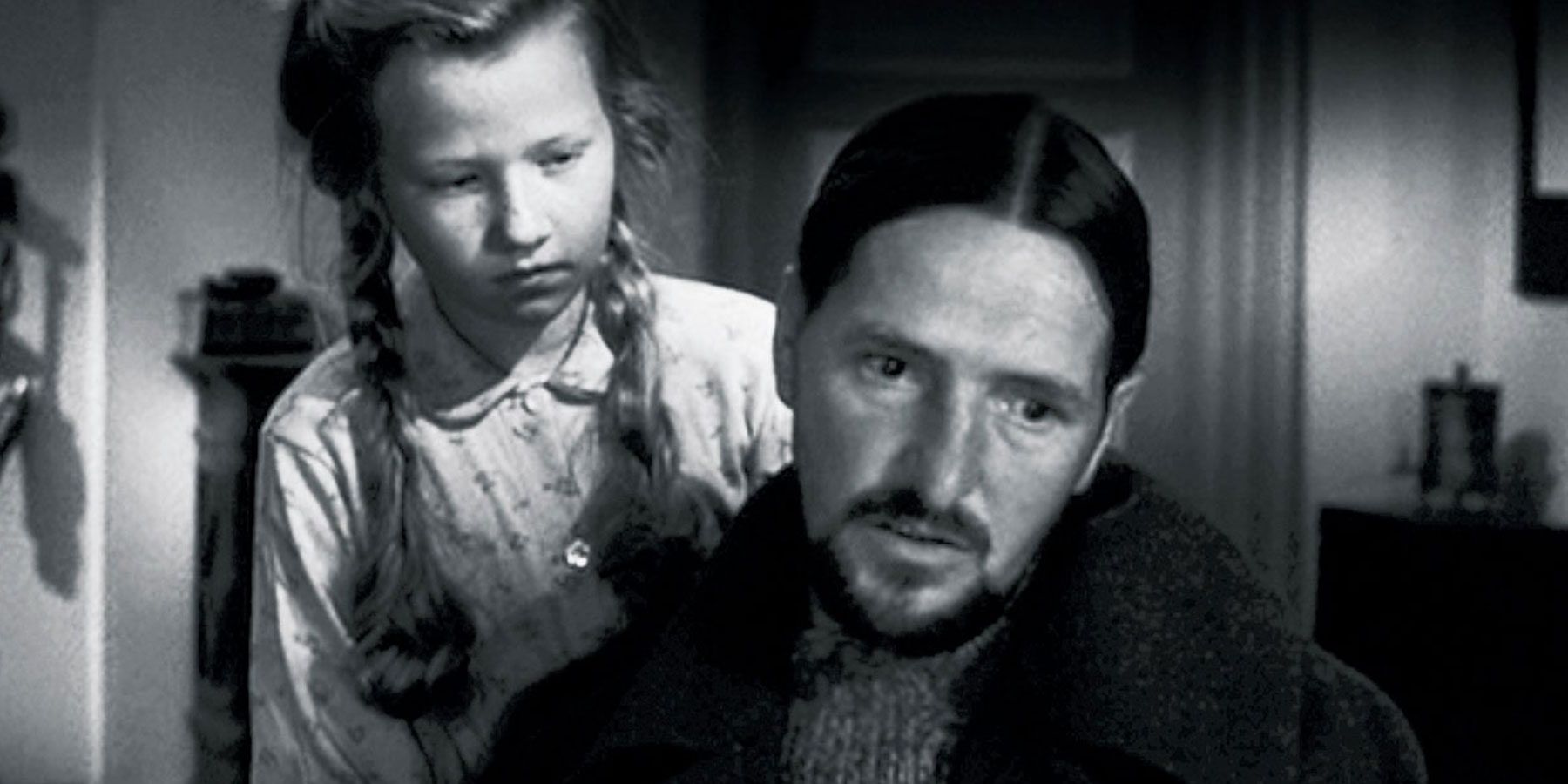
At the center of The Exorcist is a priest questioning his faith. William Friedkin knew that he was making a movie about religious belief and was inspired by the themes he saw in a strange Danish film from 1955 called Ordet (meaning "The Word"). Ordet is about three brothers, each with a different perspective on religion and how it shapes their lives. The film ends with a surreal resurrection scene in which the wife of one of the brothers appears to come back to life; this ends the brothers' bickering and helps even the non-religious one find faith.
While Friedkin admits to not being an overly religious man himself, he talks about how he has always been fascinated by religious belief as a motivational device for storytelling. With The Exorcist, he knew it would be more powerful if he kept a certain level of ambiguity in the movie. As such, even though the film deals directly with Catholicism, it still leaves the workings of faith and demonic possession mysterious. Despite Friedkin's personal beliefs, he approached the film as a believer, separating himself, so he could make a movie about good and evil. To this day, he says that demonic possession is a mystery, something he's not sure is real or fake.
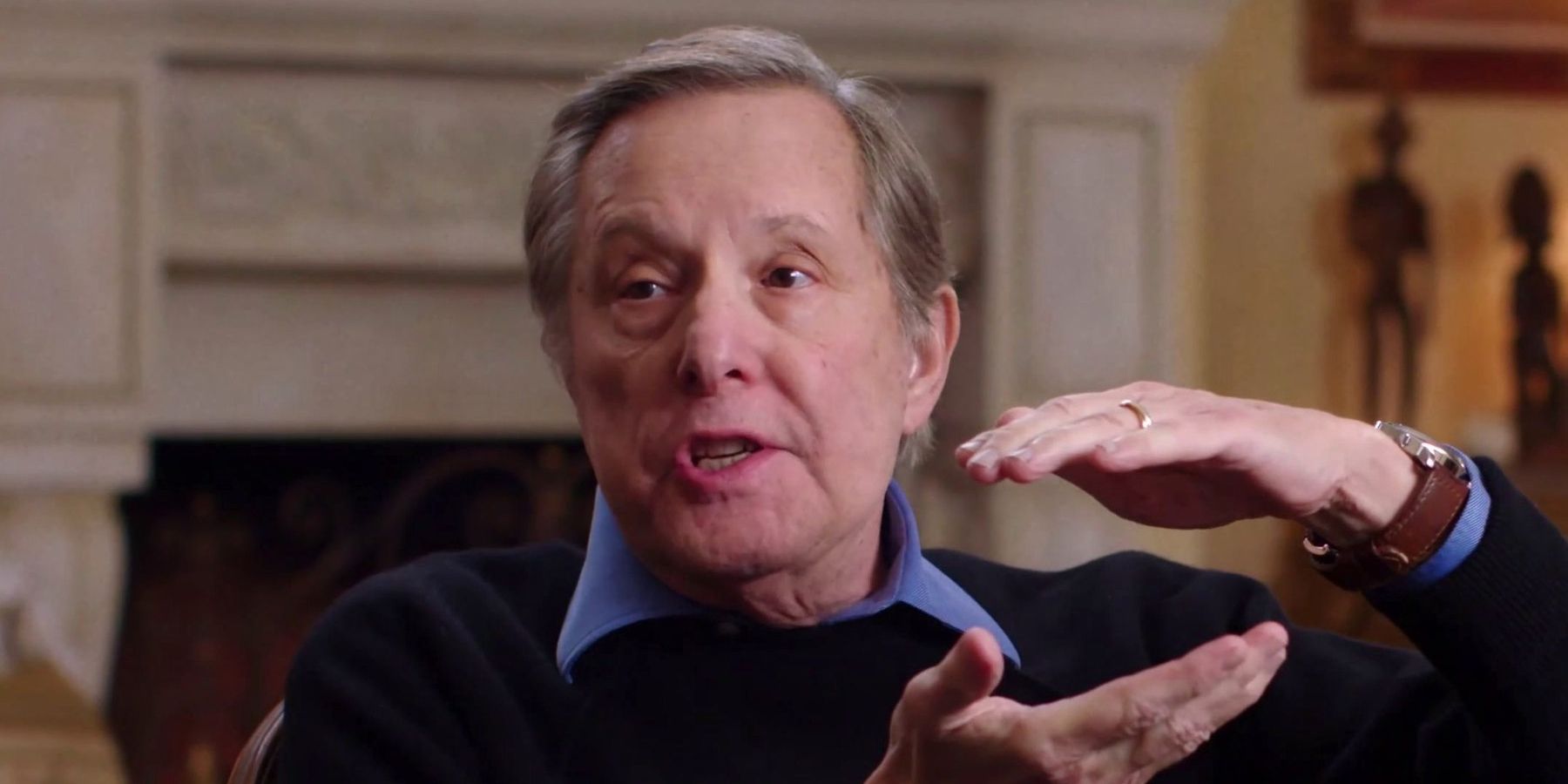
The author of The Exorcist novel, William Peter Blatty, wanted to play Father Karras. He even went as far as to offer Friedkin his entire share of the profits from the movie if he was allowed to do so. Nevertheless, Friedkin insisted that he needed a different actor. In fact, he had already signed an actor named Stacey Keats for the role. However, when Jason Miller saw the role, he insisted on giving a screen test.
Although Friedkin was happy with the actor who had been cast, when he saw Jason Miller, he knew he was the right person for the role. He had to pay Stacey Keats's contract, but Miller got the part afterward.
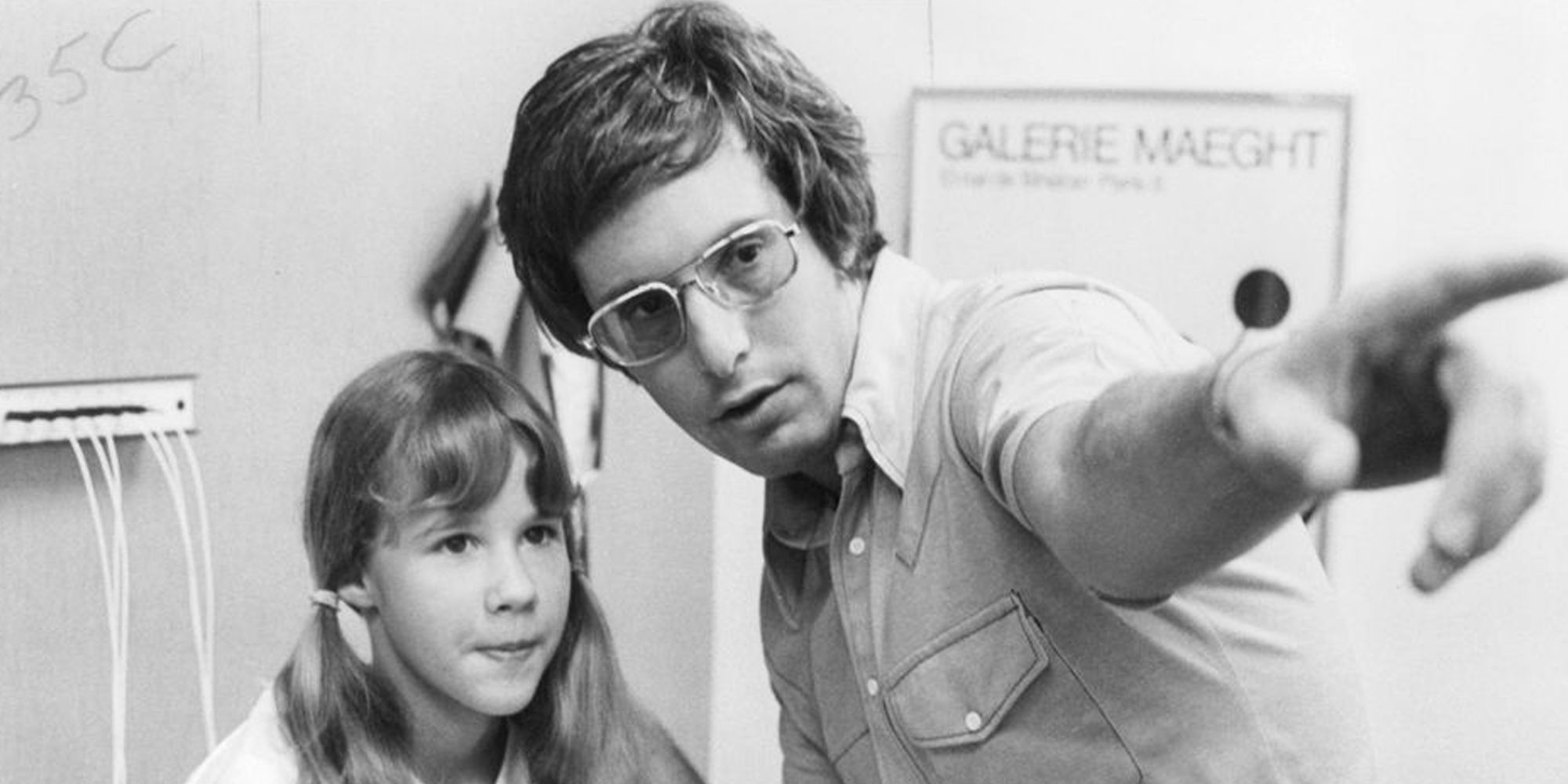
In Leap of Faith, Friedkin speaks about how a director needs to do everything in their power to get the right response out of their actors. With this in mind, he carried a gun on set and was known to randomly fire it into the air. Several shots that made it into the final film show actors reacting to Friedkin's gun. For example, there is an early scene where Father Karras turns suddenly at the sound of a telephone ringing in total silence. His reaction is dramatic, and the worry on his face is striking. In actuality, he was reacting to the sound of Friedkin firing a rifle.
At another point, a priest in an early part of the film has to come to tears over giving the last rites to a close friend. The actor, Bill O'Malley—who is a priest in real life—couldn't produce the emotions Friedkin wanted for the scene, so he smacked him across the face, then said "action". Later, O'Malley gave Friedkin a hug and thanked him for giving him exactly what he needed to pull off that scene.
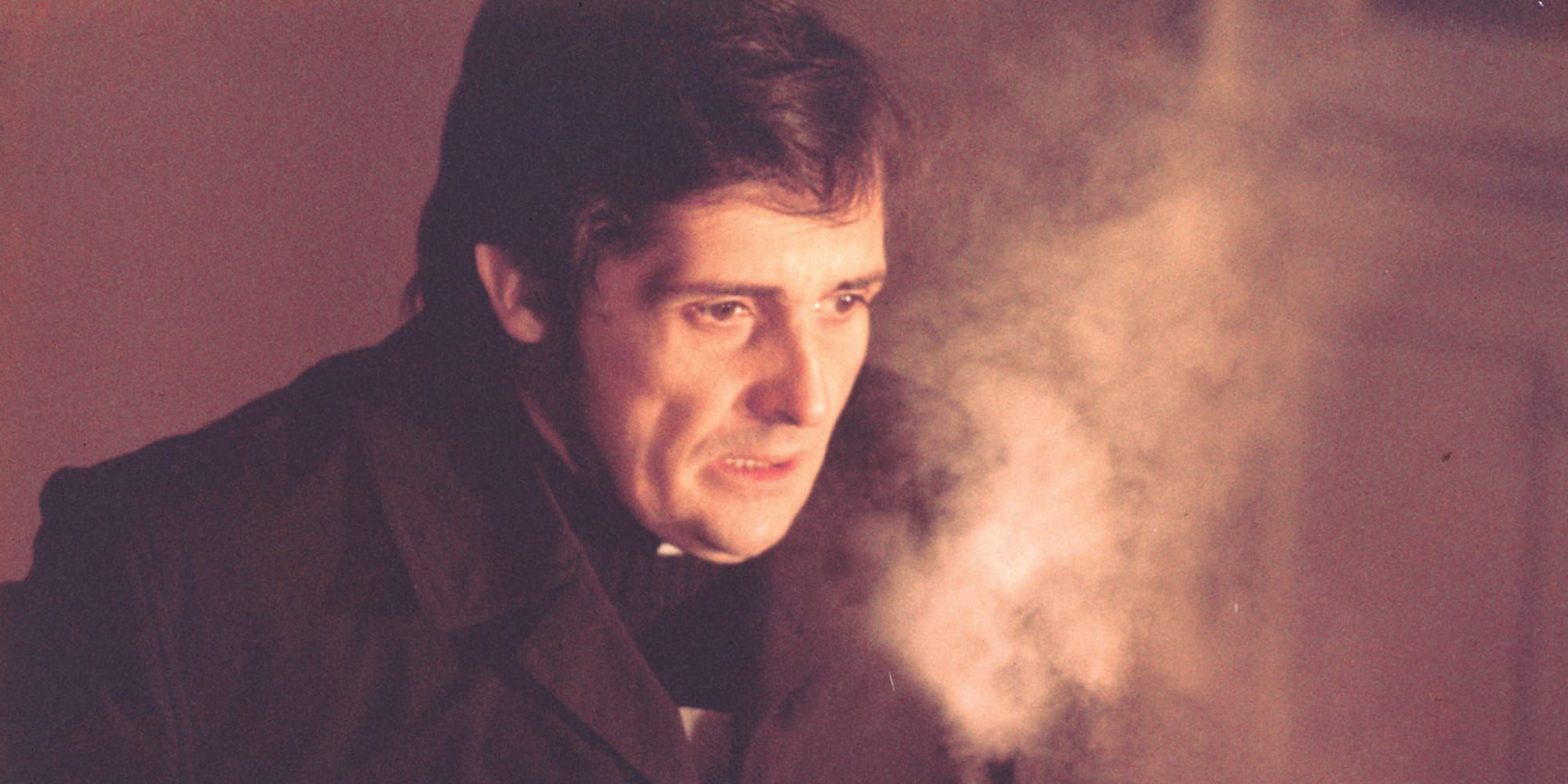
One of the things that Friedkin played with in The Exorcist was his use of sound. He refers to the movie as an "experimental sound museum". Strange sounds are heard all throughout the film for various creepy and disturbing effect. The demon voice was sculpted out of all kinds of different sounds along with the voice of Mercedes McCambridge, who was chosen because her voice sounds neither female nor male.
Mercedes McCambridge agreed to do the voice of Pazuzu the demon, but under some very interesting conditions. For starters, she needed two priests to be present so that they could absolve her immediately after she finished recording. For the voice itself, she said she needed to drink alcohol, despite the fact that she was a recovering alcoholic. What's more, she swallowed raw eggs several times a day and smoked. Finally, she had Friedkin tie her to a chair where she sat squatting in a painful position. After recording a session, she would collapse in tears.
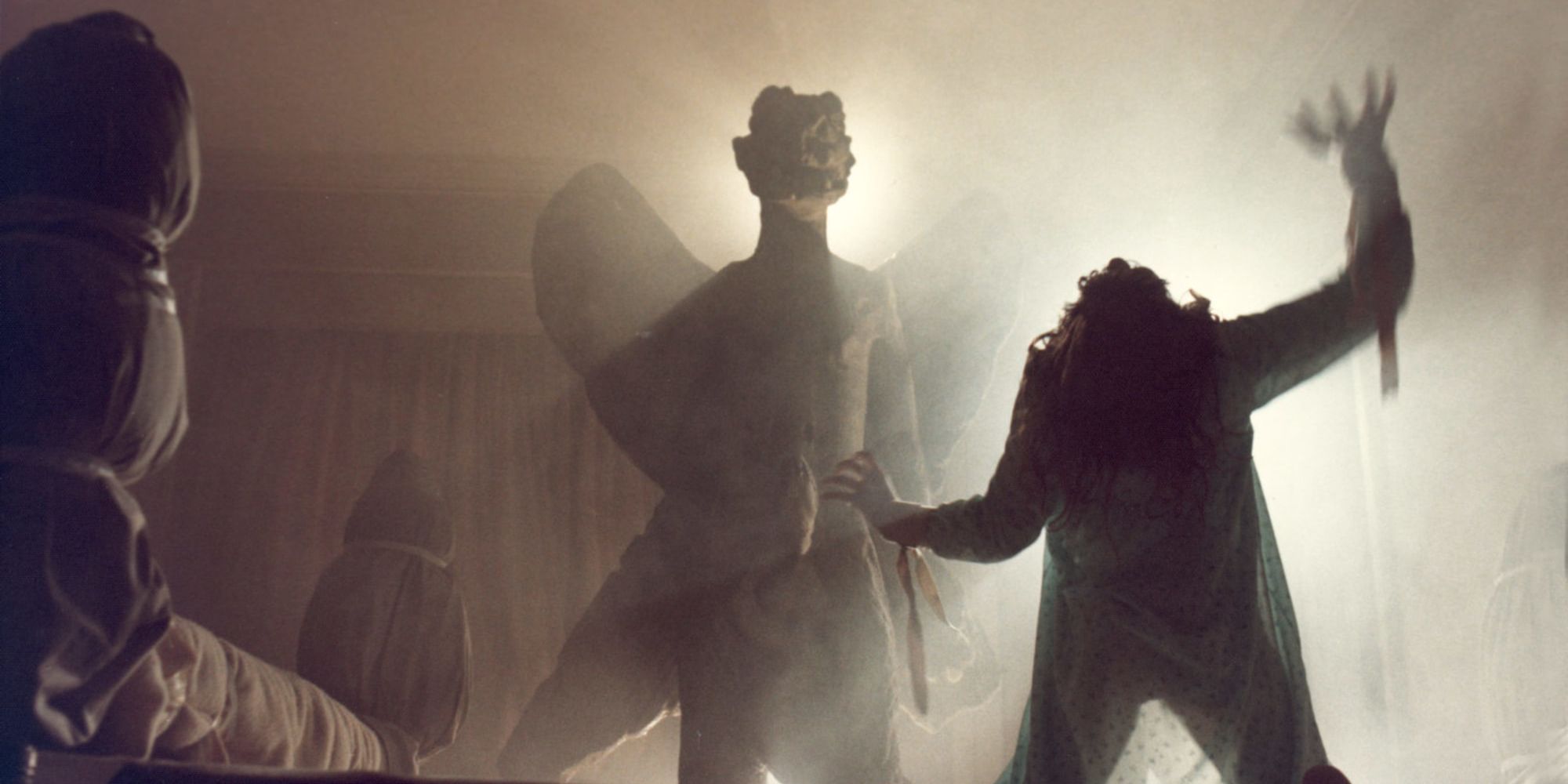
When it came to the final moments of the exorcism in The Exorcist, Friedkin and the novel's author, Blatty, had different approaches. The idea is for Father Karras to give his life to save the life of Regan (Linda Blair), but in order to do that, he has to allow the demon to possess him. He then throws himself out of the window, killing himself, but also banishing the demon in the process. Blatty explained to Friedkin that there had to be a moment where Father Karras knows what he's doing. Otherwise, it looks as if the demon makes himself take his own life.
The problem, as Friedkin explains it, is that suicide is a sin in the Catholic church. If someone in the Catholic faith commits suicide, they can't go to heaven. He talks about how the ending of The Exorcist compromises the general principle of exorcism. A priest is supposed to call upon Jesus to banish the demon. In the movie (and the novel), the actual exorcism is never successfully carried out. Instead, Father Karras takes the demon and kills himself with the demon inside him. Except that, in that moment, his features go from being demonic to normal again. This happens to show that Karras is making a conscious decision, rather than the demon making it for him.
Ultimately, Friedkin wanted Father Karras's features to remain demonic when he throws himself from the window, but Blatty insisted they change. Blatty is trying to show that Karras regains his faith in his final moments. However, Friedkin calls this a compromise, because it doesn't entirely make sense. He says it's a flaw in the movie. Even though Father Karras is able to confess his sins in his final moments of life where he lies broken at the bottom of the stairs outside, it's still impossible for him to go to heaven if he consciously made the decision to make this ultimate sacrifice, no matter his motivation for doing so. Despite this conundrum, viewers have overall been accepting of this penultimate moment in The Exorcist, even if it remains difficult to fully understand.
from ScreenRant - Feed https://ift.tt/2K0cvMK

0 Comments